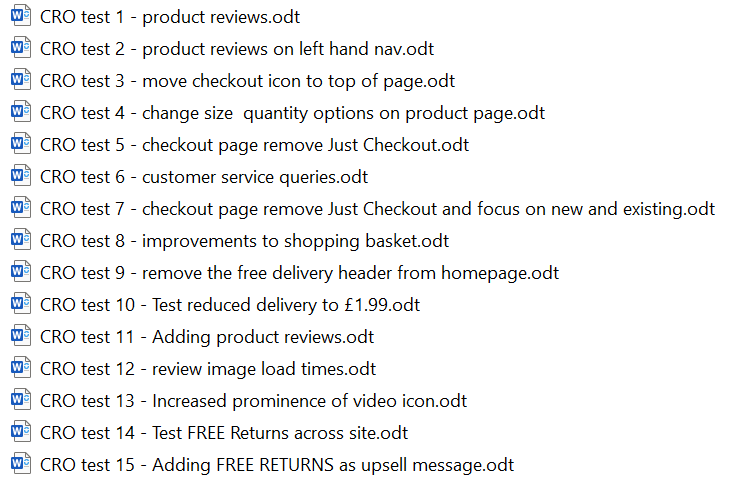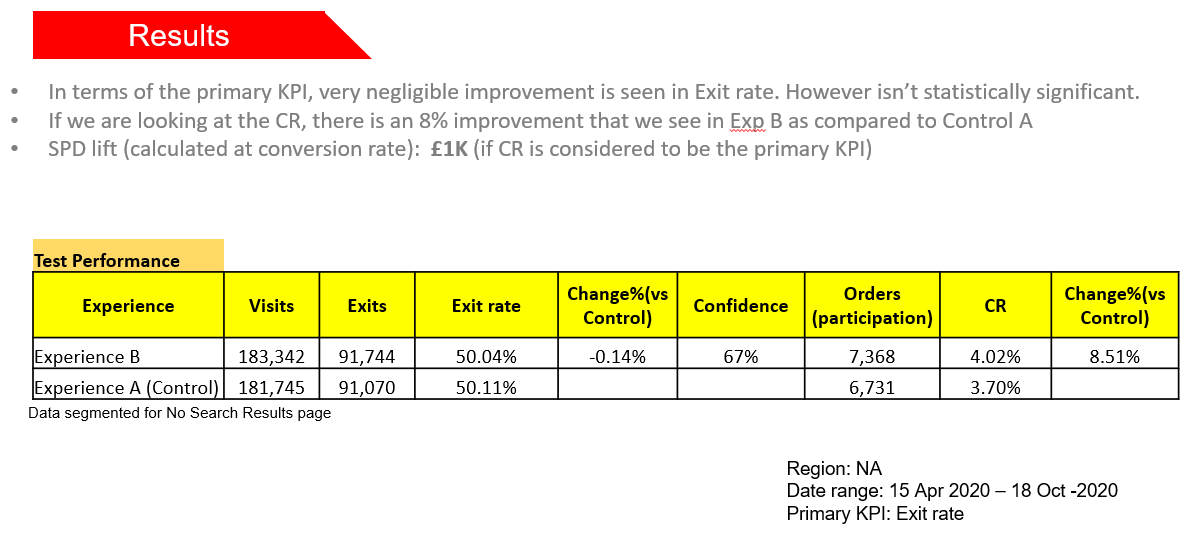
What is a CRO audit?
When you’re starting an eCommerce business, it’s important to have a clear understanding of what
Ecommerce Consultant and Growth Strategist for small businesses
07592 629885 | Dominic Smith - Ecommerce Consultant
14 Feb 2024 Dominic Comments Off on What is a CRO audit?

When you’re starting an eCommerce business, it’s important to have a clear understanding of what eCommerce CRO audit. With this practice, you can identify and correct any issues that may cause your customers to abandon your site elsewhere. In this article, we outline everything you need to know about CRO audits, including the benefits and instructions.
eCommerce CRO Audit Definition
eCommerce CRO audits are a valuable way to improve your website’s conversion rate. They can help you identify and fix bottlenecks that are preventing users from converting, meet user needs by improving the usability of your site, and increase the number of conversions by optimizing your marketing efforts.
The main purpose of an eCommerce CRO audit is to identify and correct any issues that are preventing users from converting. This may include problems with your website’s design, navigation, content, or conversion processes. Once these problems have been fixed, the increased conversion rate will be due in part to improved user experience and overall site optimization.
eCommerce CRO audits can be conducted by either an external consultant or within your own team.
The choice may depend on the size and complexity of your eCommerce platform, as well as the skills and resources available within your organization. Regardless of who conducts the audit, it is important to ensure that all data and findings are documented properly so that they can be used to improve future conversions.
To identify which actions drive conversion, you need to first understand what your customers are doing on your site. This can be achieved by analyzing clickthrough rates (CTRs) and visiting time data for your main pages.
If you are selling physical products, look at what actions customers are taking to purchase: Once you know which actions drive conversion, start measuring and tracking these metrics to see if they change over time. This will help you identify areas of your site that need attention and improve your CRO strategy accordingly.
There are a lot of tools out there which can help identofy these pinch points but Google Behaviour Flow may be your first port of call ...

Understanding the sources that generate the most leads and traffic for your business is another crucial aspect of CRO. By analyzing your website's Google AdWords data and examining competitor websites, you can gain insights into the terms and phrases they are ranking for. This valuable information will enable you to create targeted marketing campaigns that will attract a larger customer base.
In addition, Google Analytics can be utilized to identify the origins of your website traffic. This useful tool allows you to monitor the locations from which visitors are accessing your site, the specific pages they navigate to, and the duration of their stay on each page. By leveraging this data, you can determine which sections of your website are the most popular and tailor your marketing campaigns accordingly.
By addressing deficiencies in website design and layout, you can improve your conversion performance. Poorly designed websites are often difficult to navigate and contain confusing elements. Improving these areas will make it easier for customers to find what they’re looking for and increase the chances that they’ll take action.
To enhance your conversion performance, it is crucial to rectify any shortcomings in the design and layout of your website. Websites with subpar design are frequently challenging to navigate and include perplexing elements. By enhancing these aspects, you will facilitate customers in finding their desired information effortlessly, thereby boosting the likelihood of them taking action.
Furthermore, incorporating high-quality images and graphics across your website is essential. This practice not only promotes your brand effectively but also captures the attention of potential customers.
Regularly measuring website performance allows you to see which changes are having the biggest impact on conversion rates. By tracking how often visitors convert, you can identify which areas of your website need more attention or improvement.
In addition, keep a close eye on default behavior. If people consistently convert within certain ranges even after making specific modifications to your website, you can be sure that those changes are working. And finally, don’t be afraid to test new ideas. If something seems to be working well in the short term, there’s a good chance it’ll continue to work over time.
I have both driven CRO roadmaps and managed different versions of CRO teams who have focused on UX / UI improvements driven by informed analysis and also gut feel or feedbck from customers - the latter being invaluable!
Take this example from nearly 10 years ago! This was an outline roadmap I did for a retailer based primarily on basic funnel issues and also customer feedback. These combined tests when rolled out increased revenue by 8% vs thr run rate at the time.

Moving on 10 years, the approach taken for CRO tests may use new tech and functionality, but the apporach is basically the same - as you can see, clearly lay out your hypothesis and what is beibg tested.

Once you have a clear idea of the test, ensure the results are tracked correctly using FFP testing tools which can track test against the control.

Once you have a clear idea of the test, ensure the results are tracked correctly using FFP testing tools which can track test against the control.
If you are looking for help mapping out a Growth or CRO roadmap then do get in touch and lets chat ...

When you’re starting an eCommerce business, it’s important to have a clear understanding of what

What is a DXP and what opportunities does it provide a business? This post gives



Categories: Conversion, Strategy
Tags: Conversion, cro
Copyright © 2015 redleafdigital redleafdigital.co.uk is the trading name of Redleafdigital Limited, registered in England No. 09313456. Registered Office Address: 23 Huntley Road, Cheadle Heath, Stockport, SK3 0RP
Comments are currently closed.